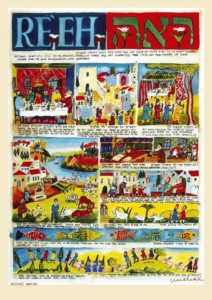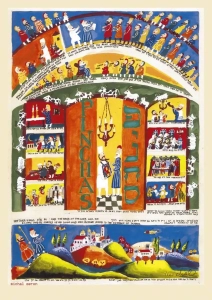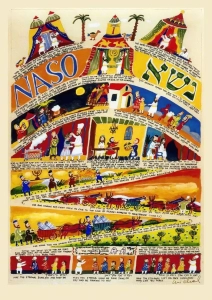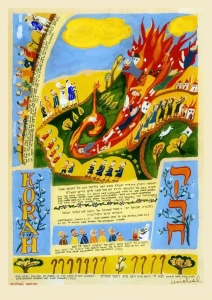MY DAILY LIFE TORAH COACH:
Parshat Chayei Sarah n.05
The Life of Sarah
Genesis 23:1−25:18
Navigating Life’s Journey with Ancient Insights
click the image to view it in the online store
Parashat Chayei Sarah – Life of Sarah -, contrary to the title, starts with the death of Sarah at age 127 in Kiriath-arba – Hebron now – and concludes with the deaths of Abraham and Ishmael.
Let’s start with the name of the parasha: Sarah’s life and its impact on the future of her family and no only was so great and significant, that not only did it not end at the time of her death, but in fact, it increased and strengthened subsequent to her passing. Sarah, if I may say, was a “modern” woman. She lived her life with a certain vision and and a clear purpose. She had the courage to question everything around her, as we already seen last week in Va-Yera’.
Moreover, we are presented the story of Abraham concerned with two legacy issues – the purchase of a burial plot for Sarah in the cave of Machpelah, and finding for Isaac a proper wife from the land of his birth to ensure the future of the family.
For the first one, Abraham conducted a discussion regarding purchase of the field with the Hittites and with Ephron, the owner of the desired cave. This discussion is cited in the parasha in full. For the second one, the parasha depicts Abraham’s request of his servant, Eliezer, to search for a wife for Isaac, in Abraham’s own homeland. Eliezer travels to Aram Naharayim, and it is described in great detail the Eliezer’s prayer to G-d that his trip should be successful and his finding Rebecca, Isaac’s cousin, to be suitable for Isaac. Then the parasha describes in length the conversations Eliezer had with Rebecca and her family.
This parasha is about legacy and transition. Abraham made sure that the future generations will be in place, and his values would be passed down. Chayei Sarah also teaches us how to conduct our life as Jews: from how to purchase land in a proper way and how to search for a partner and what to look into when doing so up to how we should behave with our family members; and much more.
The real beauty of this parasha is that we can extract from it major concepts like responsibility, courage, humility, and joy of life.
So what can we do to use apply all these concepts in our everyday life? We can volunteer, or we can advocate for tolerance and understanding between all of us. So, like Sarah and Abraham, we can pass down a legacy of a righteous life to our children and future generations to come.
News from the Ghetto:
A notable highlight of Jewish life in 16 th century Italy, particularly in Venice, was the Hebrew printing. Despite the efforts of the Venetian government and the Esecutori contro la bestemmia, who burned the Talmud in 1553 in San Marco Square, and
confiscated and burned thousands of Hebrew books in 1568 again in San Marco Square, a cultural Renaissance thrived within the Jewish microcosm.
THE TALMUD is the most important and influential non-biblical work in Hebrew literature, continuously studied for over a millennium and a half.
DANIEL BOMBERG (born 1483 in Antwerp) established a highly successful press in Venice in 1515. As the Humanist Nicolas Clenardus reported, admiringly, “Bomberg’s books printed in Venice reached every location where Jews could be found, including Egypt, Africa and India”.
In 1519/20 Daniel Bomberg published the first Talmud ever printed. This edition was crucial in setting standards for future Talmud editions. He worked with esteemed Jewish editors such as Jacob b. Hayyim ibn Adoniyah of Tunis, Rabbi Chiya Meir b. David, and other notable scholars like Rabbi Avraham de Balmes and the Maharam Padua.
In 2015, a complete edition of the Bomberg Talmud was auctioned at Sotheby’s for $9.3 million, underscoring its lasting historical and financial value.

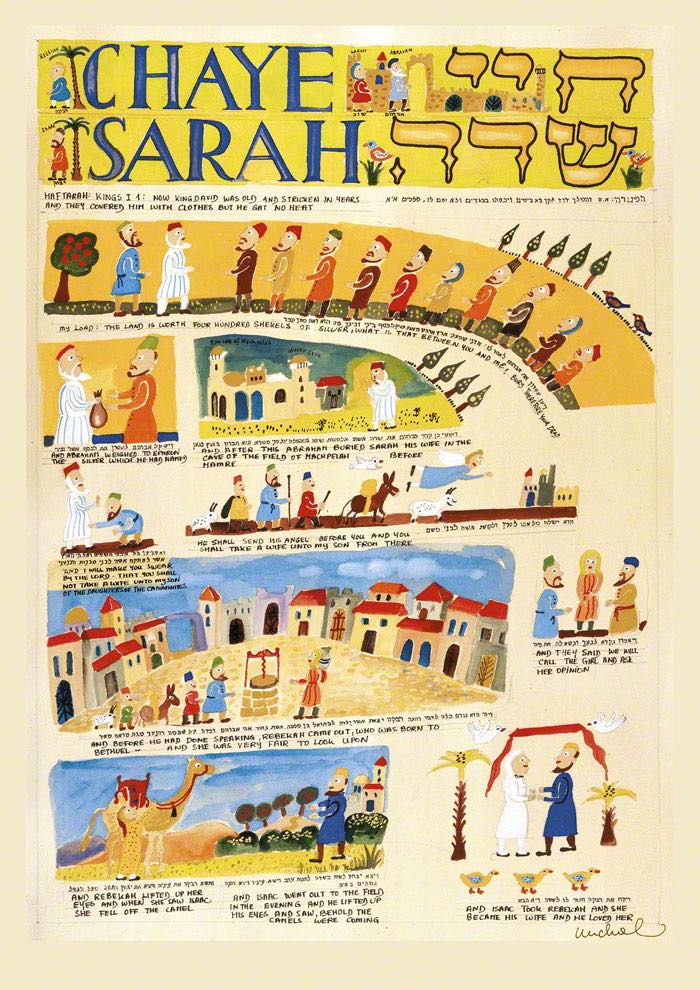
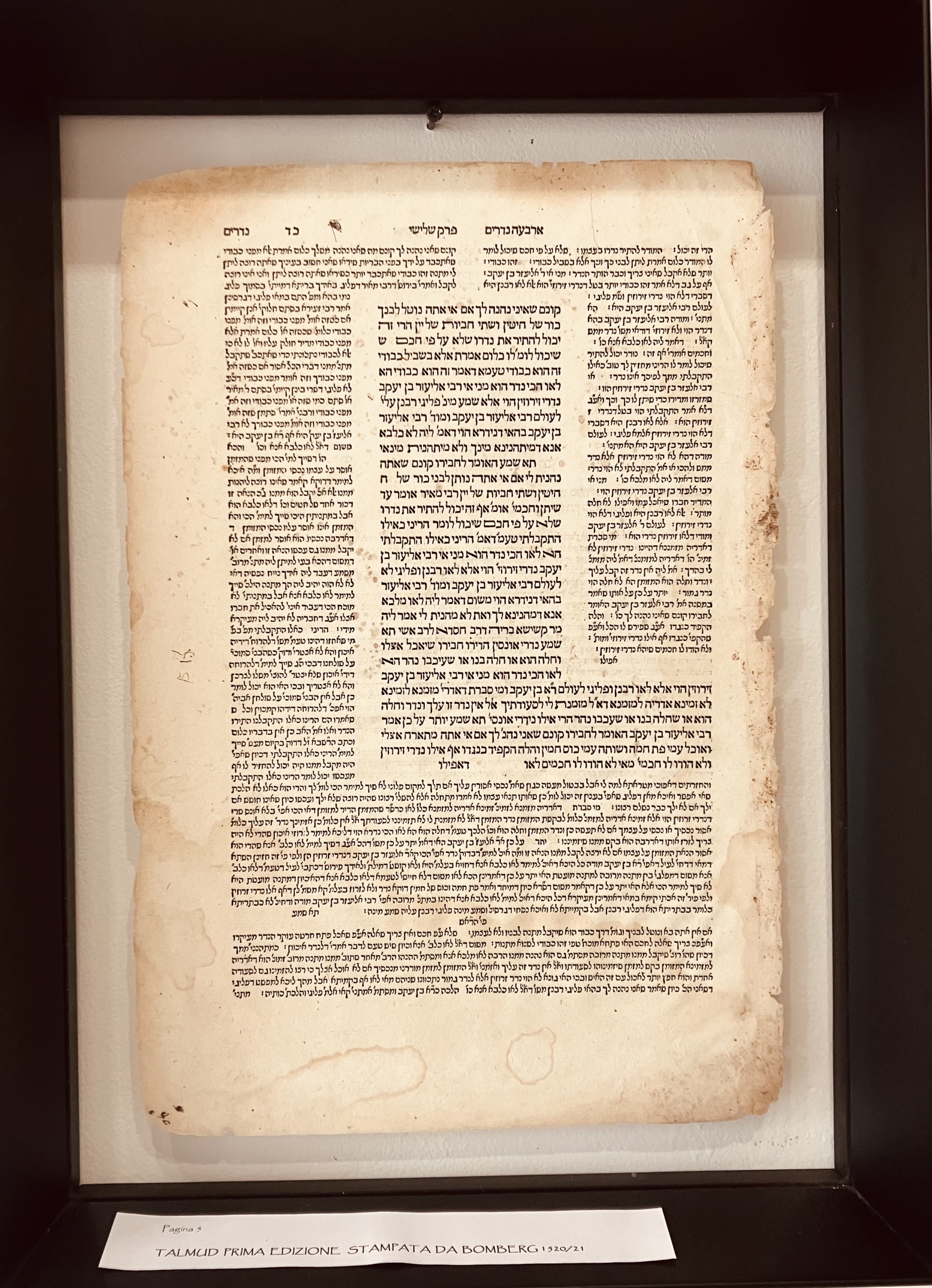

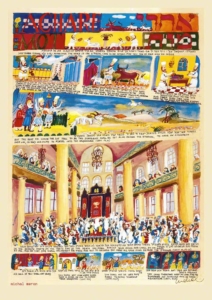 ©2022 The Studio in Venice by Michal Meron
©2022 The Studio in Venice by Michal Meron

